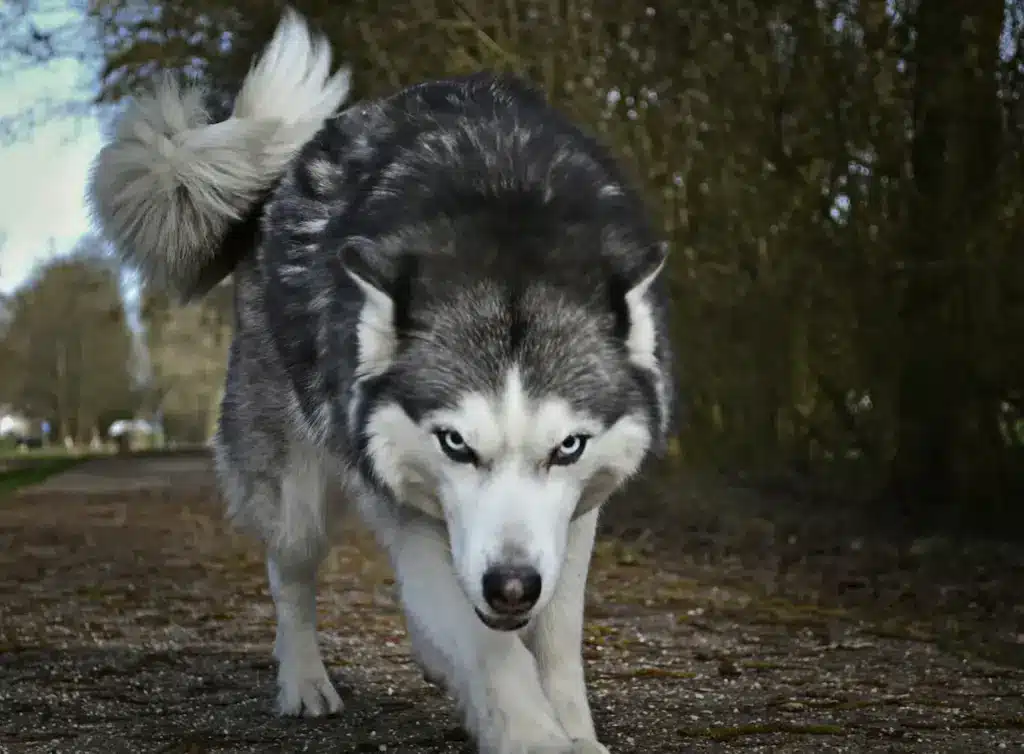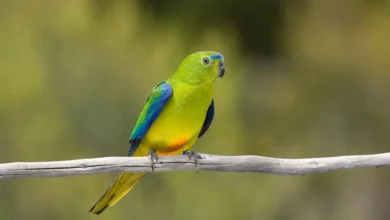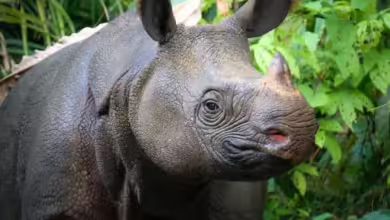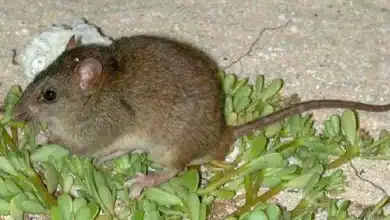Conservation groups are fighting in court to prevent wolf hunts that are scheduled to begin in September in Idaho and Montana. The Idaho hunt would kill up to one-third of the state’s resident wolf population.
Top 10 Endangered Species News
Ralph Maughan’s Wildlife News has the latest on efforts by a coalition of conservation groups to halt wolf hunts scheduled to begin on Tuesday in Idaho and on September 15 in Montana. Idaho has licensed the killing of 255 wolves—which probably amounts to between one-quarter and on third one-third of the state’s entire population of animals. The Montana hunt is scheduled to get underway on September 15 and involves the sanctioned killing of 75 wolves or 15 per cent of the population.

According to Wildlife News, Idaho’s wolf population was estimated at 846 in 2008, including 39 breeding pairs, while Montana’s last wolf count turned up 497 animals, including just 34 breeding pairs. The planned hunts have been made possible by the recent US Fish & Wildlife Service decision that wolf populations had recovered sufficiently in most areas of the northern Rocky Mountains to justify the animal’s removal from Endangered Species Act protections.
However, conservationists argue that it is too soon to allow hunting of wolves because of the low numbers of breeding pairs, along with the fact that ranchers are already allowed to kill wolves that they view as a threat to their livestock. In addition, the groups point out that the numbers of wolves in Yellowstone National Park actually declined by around 27 percent last year.
On Friday, August 21, 13 conservation groups filed in court for a preliminary injunction to stop both hunts.



